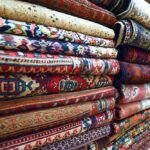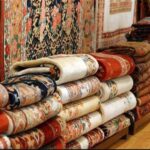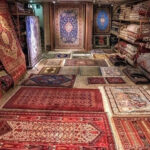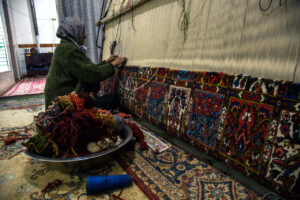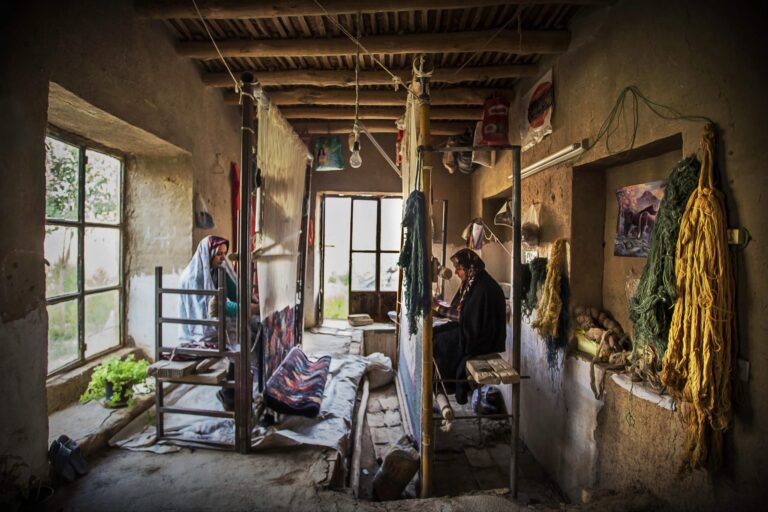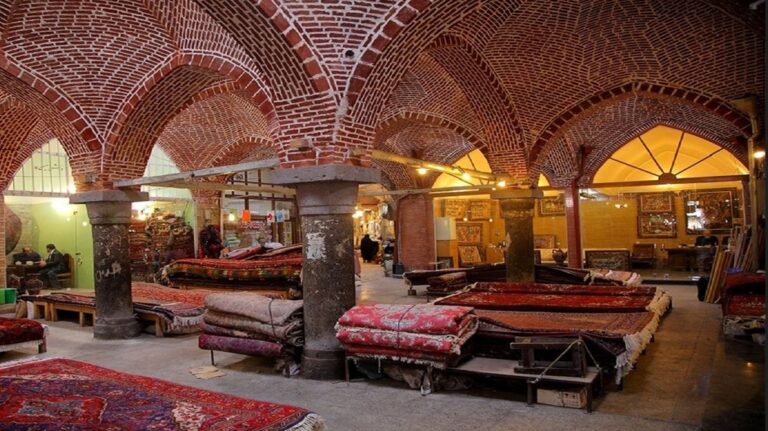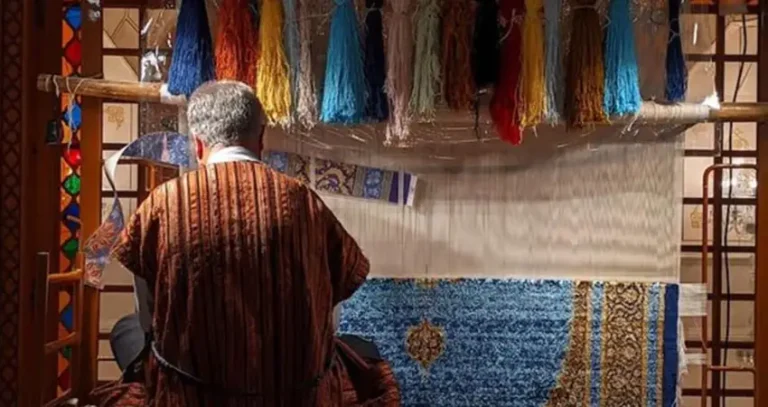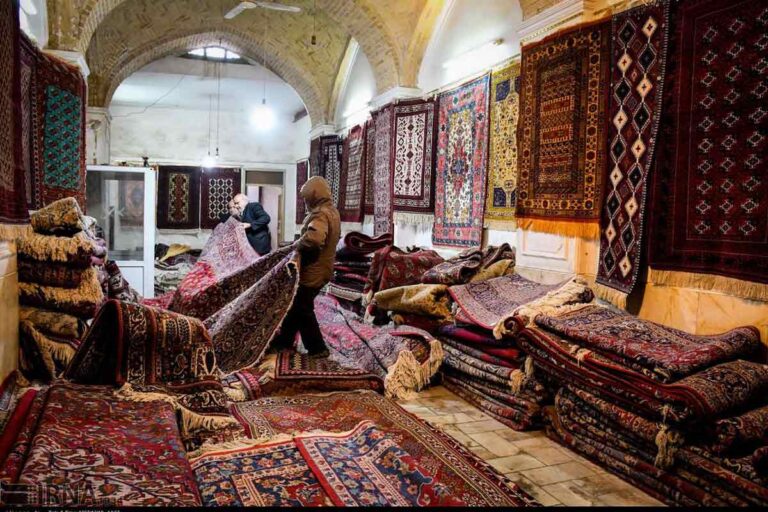
What are Lachak and Toranj?

The Use of Carpet Patterns in Iranian and Islamic Architecture
Kilim weaving is an ancient method that predates the creation of carpets. It likely began around the same time as woven fabric in the eastern part of the world. While we’re not sure which ethnic groups first started this art, evidence suggests Central Asian groups were the pioneers.
Archaeological findings point to the central Asian plains, where these tribes raised sheep and used wool to weave uncomplicated carpets. However, rugs may also be first woven in Anatolia, Turkey.

Similar woven pieces have been found in southern Siberia and northern Mongolia, resembling those in Anatolia. Some intriguing artifacts in Central Anatolia have led to the idea that Kilim weaving may have an eight-thousand-year history preceding Kilims. Yet, these findings lack the evidence needed to prove it. In contrast, we have solid proof dating Kilim weaving back 4022 years.
Archaeological excavations in Anatolia have uncovered textiles from the 7th century BC, identified as Kilims, though they were damaged. Various tools, weaving instruments, and Kilim weaving traces have been found throughout Anatolia, but we don’t know when or where they were created. There are different opinions about who invented Kilim weaving.
The invention of carpets might be a logical development from woven fabric, especially where people didn’t use felt rugs. Considering there are no carpets as ancient as Central Asian felts, it’s reasonable to think that Kilim weaving began with tribes covering their tents’ cold and damp floors with warm felt carpets. They started with simple, single-colored felts and gradually added colored patterns, marking the first instance of art and beauty becoming accessible in human history.

Symbolic Motifs and Their Origins
Instead of focusing on living beings, celestial bodies, and objects or phenomena typically associated with magic, we should explore this unknown civilization’s philosophical and spiritual foundations and mysterious magical rituals. These motifs heavily rely on symmetric geometrical connections.
An ancient culture spanning eight millennia likely had meaningful and purposeful symbolic motifs. We still struggle to decipher the codes of many old scripts and languages.



